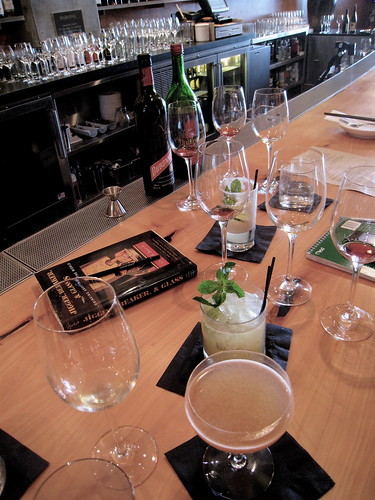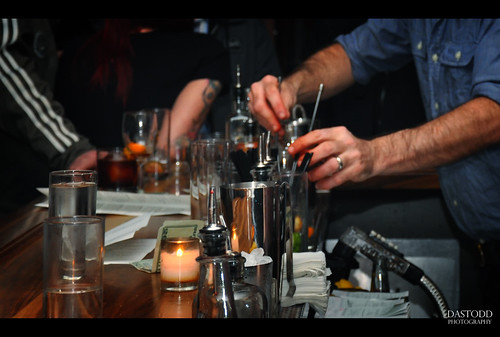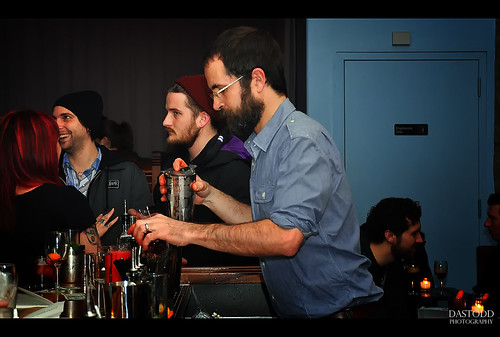There are so many people working each and every day to earn respect for the bar profession -- rude bartenders that belittle their customers' tastes or try to bully guests into respecting their craft through pretension are setting us all back. Those bartenders can give (and are giving) cocktail bars a bad reputation.
Last year I went to San Francisco with a long list of bars I was dying to visit, with one of the country's most lauded cocktail spots at the very top of that list. We made reservations for early in the evening, planning on spending a good portion of the night there. We got great seats at the bar and looked over the menu -- there were so many great drinks that I couldn't wait to try. Sadly, we only ended up having one round before leaving, our early departure having nothing to do with the quality of our cocktails. The bartender was cold and dismissive, and when he did answer a question, it was with condescension. Ultimately, the bars with the most gracious bartenders and welcoming service staff made the best and most lasting impressions on me -- and those are the bars I recommend to friends and customers visiting San Francisco. I'd never send one of my guests to a bar where the service was poor, no matter how good the drinks are.

Some of the best service we received in San Francisco, courtesy of Erik Adkins at Heaven's Dog.
Of course, I understand that it may have been an off night for that bartender -- I've certainly had those. I also understand what it is like to be busy. However, trying to be as polite as possible is of the utmost importance; most people will see that you are busy and will likely understand that you can't have a lengthy conversation about cocktails at that exact moment. But it is never too busy to be courteous, and if you are the type of person that can have such an 'off night' that you are outwardly rude to the people in your bar, you are probably in the wrong business.
Ignoring people that order a product or cocktail that isn't carried at a particular establishment is another trend that seems to be popping up, and, strangely, seems to be a policy that the staff members at these bars proudly brag about. I've heard stories of bartenders simply turning their backs on customers attempting to order a drink with cranberry juice or requesting that their martini be made dirty. I'm not suggesting that bars carry every product available or make every drink that is ordered, however, I do believe it is a bartender's responsibility to be friendly and offer an alternative. Practicing poor customer service is not only a disservice to your bar, it is harmful to all of the other bartenders that share your profession.
This is the hospitality industry. Many of our guests are able to make cocktails at home, but they chose to come to our bars instead -- to be social with friends, or to try something new. I view the bartender's role as the host of the party: my goal is to make sure the people at my party have a good time and want to return soon. To be the most skilled drink-maker simply isn't enough.





